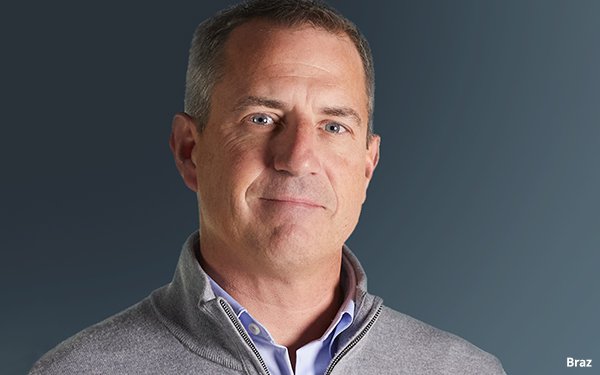Commentary
Not Your Grandmother's PCH: Sweeps Firm Leans Into Its Data Business
- by Ray Schultz , Columnist, March 8, 2024

The humorist Calvin Trillin once told an audience that his investment strategy was based on winning the Publishers Clearing House (PCH) sweepstakes.
The crowd laughed, but there may have been one or two listeners who actually were hoping that PCH would show up on their doorsteps with a $1 million offering.
The 70 year-old firm has changed. It still awards prizes, but it is now equally a data company that supplies the publishing ecosystem with first-party data.
“It’s not your grandmother’s PCH,” laughs chief revenue officer Tim Braz.
That’s true in more ways than one. Traditionally, the sweet spot for PCH was the 41+ demographic. But the firm is now reaching younger people who can win weekly grand prizes – say, a Ford Bronco or experiences and trips.
advertisement
advertisement
Sweepstakes are still the foundation; everything else is “an exhaust of the sweeps,” Braz notes. But the data business is very robust – for a very good reason.
Braz separates publishers into two categories: first-party haves and have-nots. Those with data can engage customers at any point in the funnel, but “not many publishers out there have that robust pool of data,” he observes.
Indeed, few companies of any sort can boast of PCH’s registration level, which is between 10,000 and 20,000 per day. And while PCH is known for serving subscriptions to publishers, it has “evolved into something much bigger than that,” and can help anyone from marketers to information providers who find PCH data very attractive, Braz points out.
PCH has a data set of maybe 170 million people. But it has narrowed that to about 40 million engaged consumers who come back “month after month and spend about 37 to 40 minutes on pch.com or one of our apps,” Braz adds.
The data is straightforward: first name, last name, postal address, email and gender. But other data sets can be garnered through the registration process or token redemption.
“A publisher wants to remain relevant and present consumers on their site with the most relevant advertising possible,” Braz continues. “They historically used third-party data, but those identifiers are going away."
Braz cites research showing that only 42% of brands are using first-party data. “They’re still stuck on third-party data – they’re still stuck on the drug they couldn’t get enough of for years.”
But PCH can help them, he adds. Publishers can sponsor sweeps, and perhaps use them to sign people up for a newsletter. They can access data onsite or offsite. And, most importantly, these consumers have given their consent: the data is compliant and permission-based.


